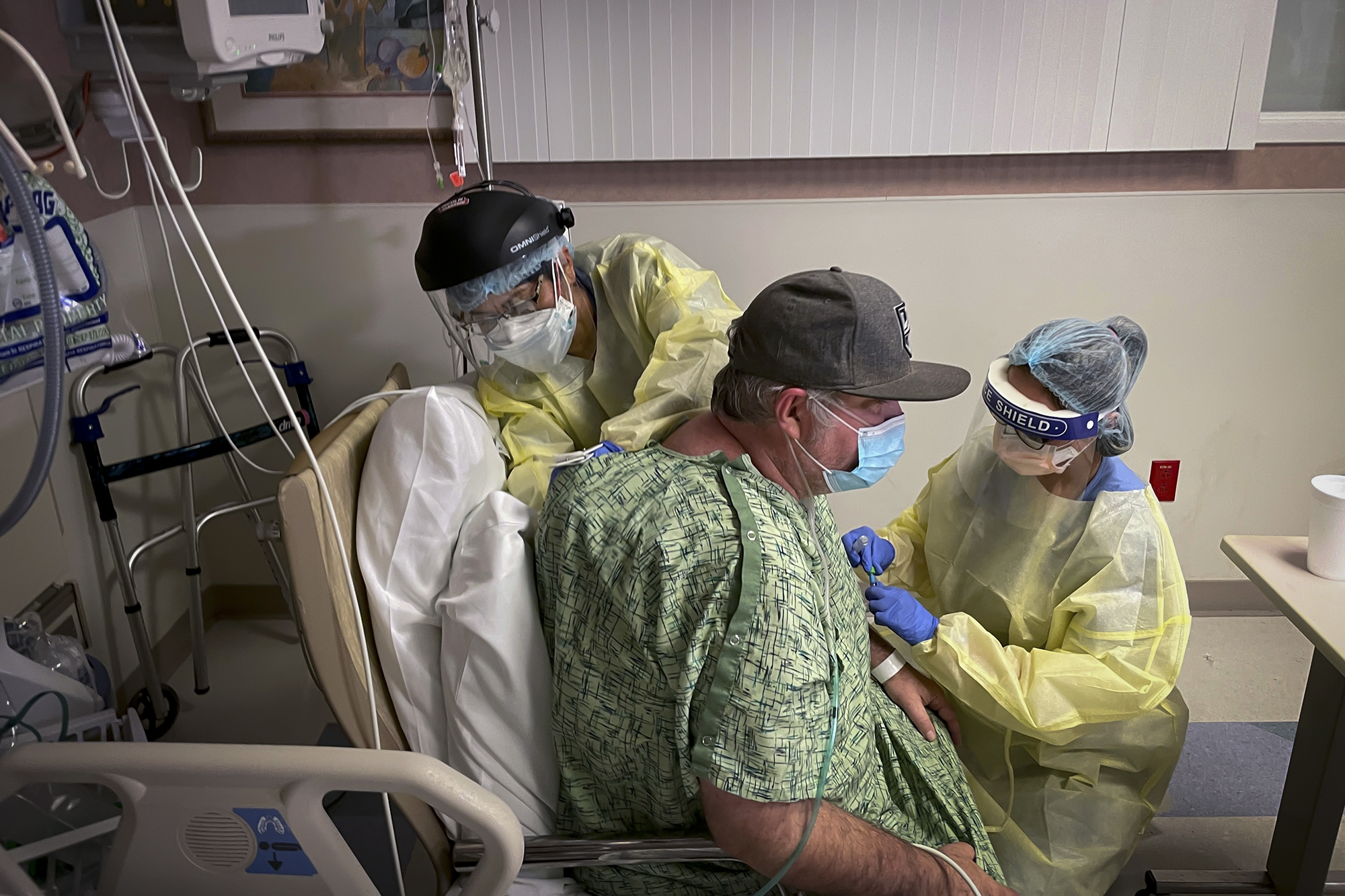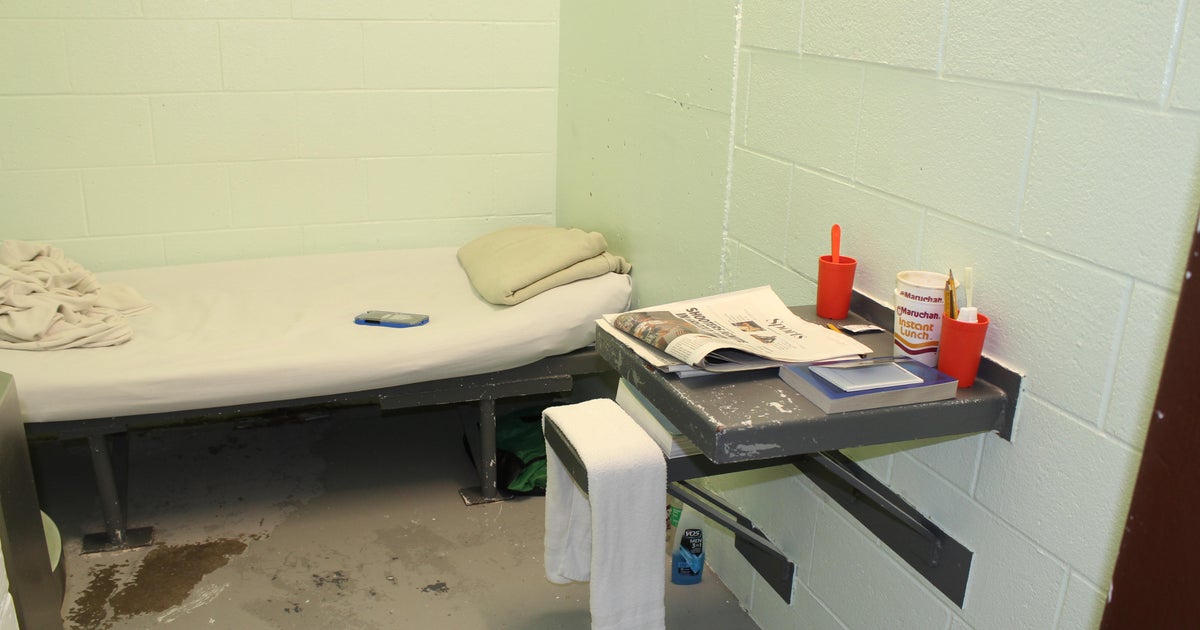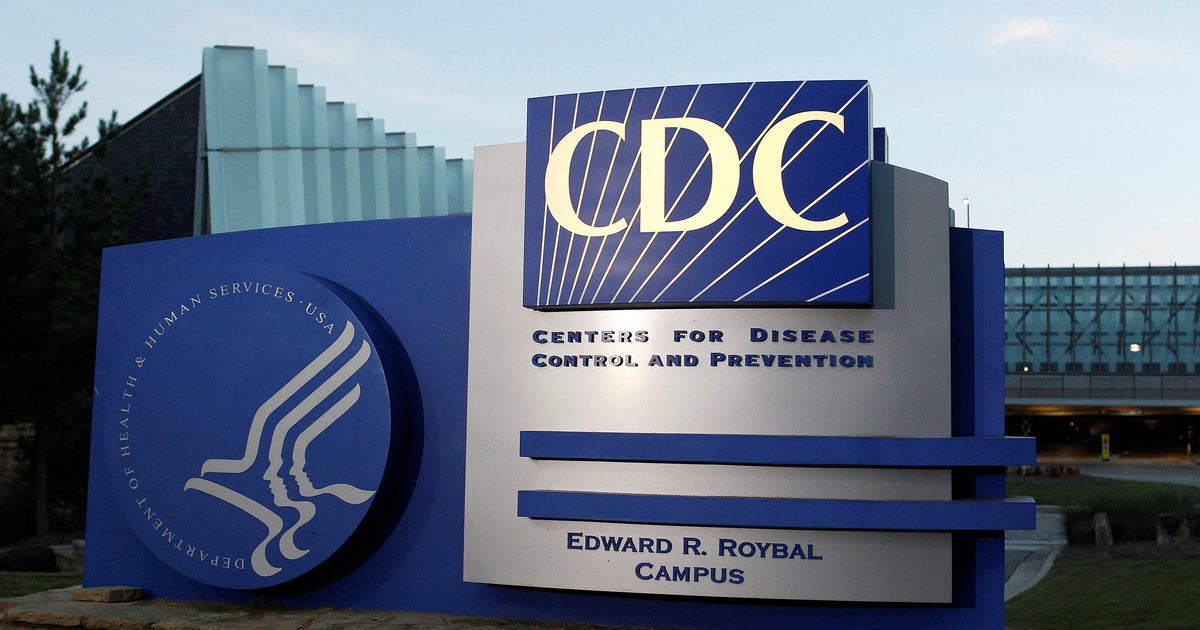Pandemic Preparedness: California's Critical Crossroads in Public Health Transformation

In a significant shift of pandemic response strategy, California Governor Gavin Newsom is preparing to scale back state health emergency operations, closely mirroring recent federal decisions to reduce national agency emergency funding and infrastructure.
The move signals a potential turning point in California's approach to public health management, as the state transitions from the intensive crisis mode of the COVID-19 pandemic to a more streamlined operational model. Newsom's plan reflects a broader national trend of gradually dismantling the extensive emergency frameworks that were rapidly established during the height of the global health crisis.
By reducing financial allocations to emergency health operations, the governor aims to reallocate resources more efficiently while maintaining a flexible response capability. This strategic adjustment comes at a time when public health experts are reassessing the long-term sustainability of the emergency structures implemented during the pandemic.
The timing of these budget cuts aligns with federal officials' similar moves to downsize national health emergency operations, suggesting a coordinated approach to scaling back pandemic-era infrastructure across different levels of government.
As California adapts its public health strategy, stakeholders will be closely watching how these changes might impact the state's preparedness for potential future health emergencies.








